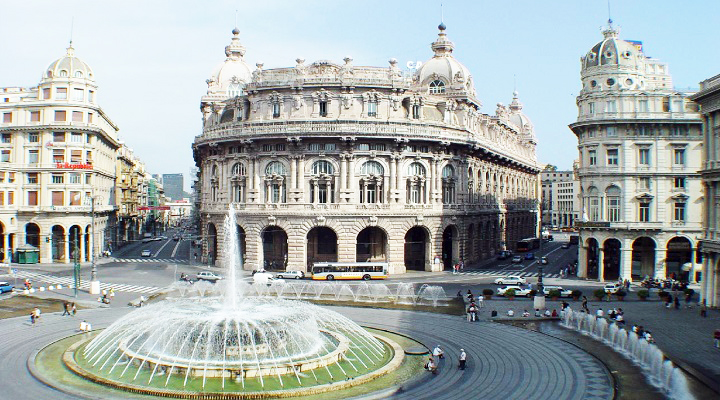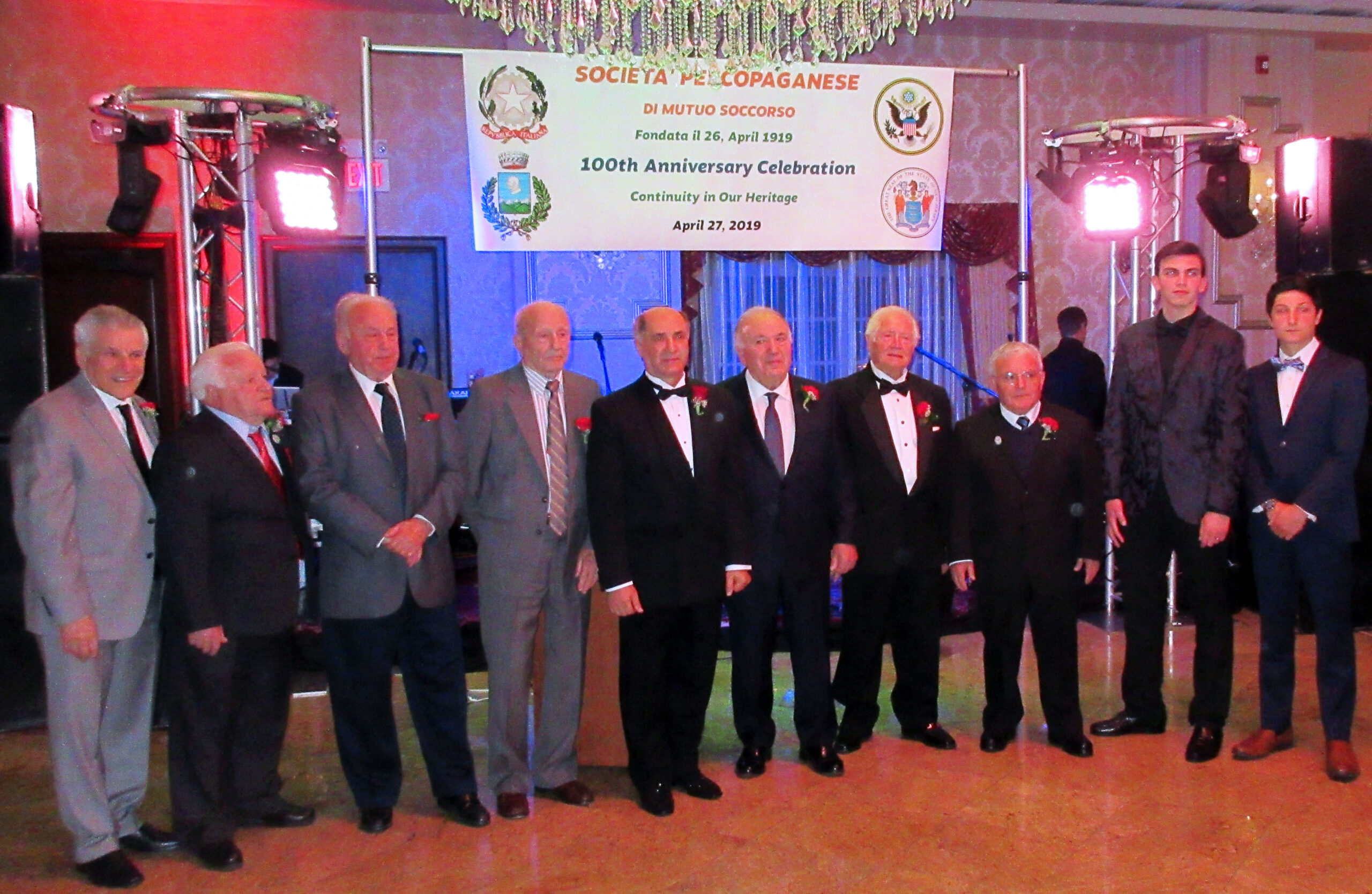”Only a Ligurian,” writes one of Columbus’ biographers, ”could have conceived of the idea of sailing west to reach east.” Though this may seem odd to others, such strange contrasts were probably innate to Columbus since he came from Genoa, the capital of Liguria, a city of more than one puzzling paradox.
Unlike many Italian cities, there are few grand piazzas in the home city of Columbus. Instead, there are the contrasts of grand palace-lined streets and narrow carugi that wind through the medieval quarter. Secondly, Genoa may appear to be far removed from the days it was known as La Superba, yet a deeper look at the city reveals that there is a lot of wealth in the port city.
People live well in the modern residential areas on the hillsides behind the old town. They also eat well and this is where the element of paradox really comes into play. Ligurian cuisine is largely distinguished from other regional Italian cuisines by the things that you expect to find, but are curiously missing. It is odd that the cuisine of a port city that was once queen of the spice trade features far fewer signature seafood dishes than would be expected and a rather conservative use of spices.
These paradoxes are readily explained. It was not the bankers nor the spice merchants of Liguria that shaped the cuisine of Genoa. It was the sailors of its great maritime fleet. One has to imagine what shipboard life was like in those days; voyages lasted for months. Except for a few days after each call to port, the food on board ship was restricted to fare that would keep indefinitely, or to readily available fish. The last thing these sailors wanted to eat on their return to Genoa was fish. Instead, they craved fresh vegetables, fruit and aromatic herbs, the freshness and fragrance of which reminded them of the fields and land of their native Genoa.
Ligurian cooking was thus tailored to fit the desires of returning sailors in what was then the largest port city in the Mediterranean. The cuisine’s most noticeable feature is aromatic herbs such as basil, laurel, sweet marjoram and fennel and an abundance of fresh, usually stuffed vegetables, including zucchini, eggplant and lettuce, but not the tomato, which the sailors would have had enough of in the Americas.
This explains two of the paradoxes, but not the restricted use of spices in Ligurian dishes, especially the near total absence of black and red pepper used so freely elsewhere in Italy. While both Venice and Genoa were the great providers of spices from the East, the Venetians consumed them, while the Genovese preferred to sell them to others.
The sailors’ yearning for the freshness of herbs, rather than dried spices, probably explains the abundance of basil in Liguria and its most famous dish, pesto. The word basilico is derived from the Greek word for kingly and in antiquity the plant was considered sacred. A Christian legend says that St. Helen, mother of the Emperor Constantine, received a divine revelation that the true cross would be found where the air was sweet with perfume and she found it under a patch of basil.
Whether they believe this legend or not, the Genoese have a special passion for the herb. Those who have no plot of land to raise it place old cans on sunny windowsills in which they grow their own. Grown in greenhouses, basil is available year round.
Some contend the best basil grows only around Genoa, where cool winds from the mountains meet sea breezes to create the perfect growing conditions and its distinctive aroma. Undeniably, the basil in Genoa is different from the basil anywhere else in Italy and the pesto made from it is also unique.





